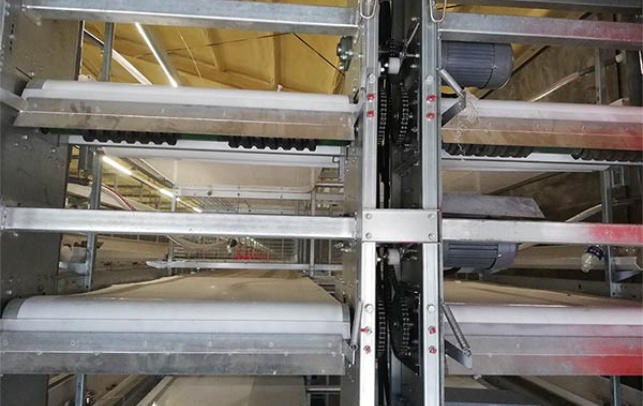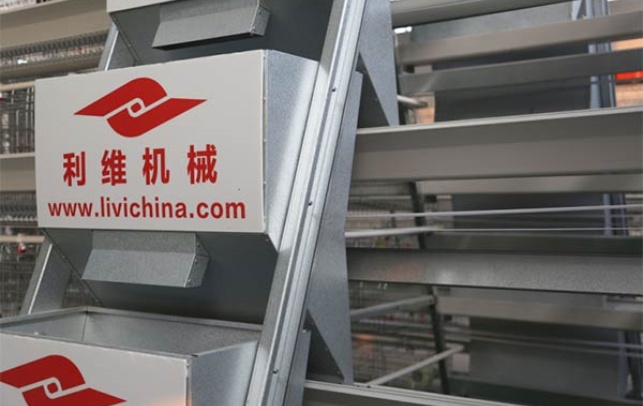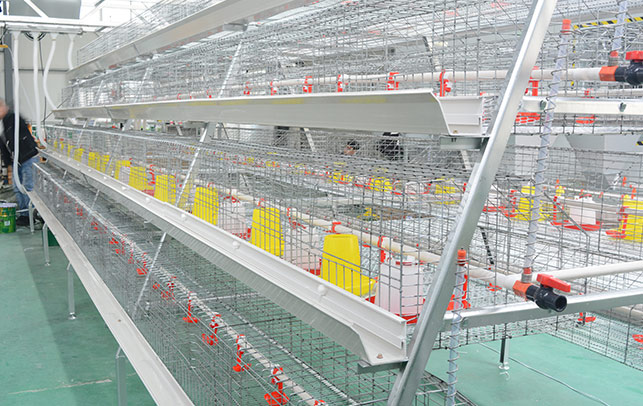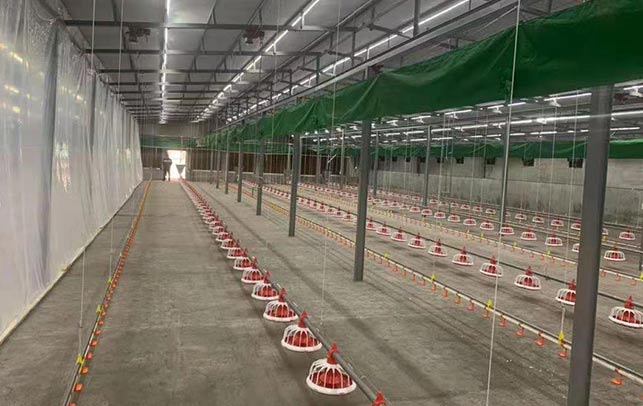How to Choose a Suitable Cage for Caged Laying Hens
Time : 2024-09-13
The poultry industry is an essential component of global agriculture, and laying hens play a crucial role in egg production. However, as consumer preferences shift towards more humane farming practices, the design and construction of cages for caged laying hens have come under scrutiny. Choosing a suitable cage for caged laying hens is critical not only for the welfare of the birds but also for the overall efficiency and productivity of the farm. This article discusses the key considerations in selecting appropriate cages for laying hens, emphasizing the importance of their physical environment, management, and compliance with regulations.
Understanding the Importance of Cage Design
Choosing a suitable cage for caged laying hens begins with understanding why cage design matters. The housing system directly impacts the health, welfare, and productivity of the birds. Poorly designed cages can lead to stress, aggression, and health issues among the hens, ultimately affecting egg production rates and quality. Therefore, investing time and resources into selecting the right cage design is essential for any poultry farmer.
Space Requirements
One of the first considerations when looking for a suitable cage for caged laying hens is space allocation. Each hen requires adequate space to move, stretch, and exhibit natural behaviors. According to welfare standards, conventional battery cages typically provide about 67-86 square inches (approximately 432-555 cm²) of space per bird. However, modern welfare-oriented designs advocate for more room.
When evaluating potential cages, ensure that they comply with local and international regulations regarding minimum space requirements. Farmers should also consider increasing the allocated space to enhance bird comfort and well-being, which can lead to higher productivity.
Ventilation
Proper ventilation is another fundamental aspect of choosing a suitable cage for caged laying hens. Good air circulation helps maintain optimal temperature and humidity levels within the cage, reducing the risk of respiratory diseases and heat stress. Cages should be designed to allow for effective airflow while minimizing drafts that could disturb the hens.
Farmers should look for cages equipped with adjustable vents or integrated ventilation systems. These features allow for better control over the internal environment, ensuring the hens remain comfortable regardless of external weather conditions.
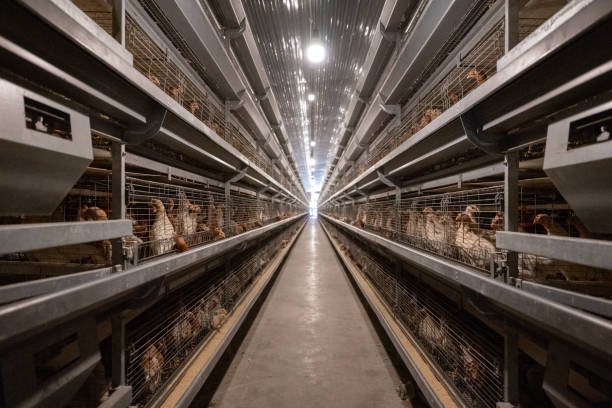
Nesting Areas
Laying hens require designated nesting areas where they can lay their eggs comfortably. A suitable cage for caged laying hens should incorporate nesting boxes that are easily accessible. Ideally, there should be one nesting area for every four to eight hens to prevent competition and stress.
Nesting areas should be dark, quiet, and lined with suitable bedding material to encourage hens to use them regularly. Egg collection systems can also be integrated into the design to facilitate easier harvesting without disturbing the hens.
Perches and Enrichment
To promote natural behavior and improve the welfare of the hens, consider a cage design that includes perches and environmental enrichment. Providing opportunities for the hens to climb and perch can reduce stress and enhance their overall living conditions.
A suitable cage for caged laying hens should include multiple perching options, allowing enough space for all hens to access them comfortably. Additionally, incorporating elements such as dust baths or manipulable objects can further improve the hens’ quality of life, resulting in healthier and more productive flocks.
Economic Considerations
While the welfare of the hens is paramount, economic viability cannot be overlooked when choosing a cage system. A suitable cage for caged laying hens should balance initial investment costs with long-term operational efficiency. Factors to consider include:
- Durability: Select cages made from high-quality materials that can withstand wear and tear.
- Maintenance: Assess the ease of maintenance required for the cages you are considering to reduce labor costs.
- Energy Efficiency: Look for designs that minimize energy consumption, particularly concerning heating, cooling, and lighting needs.
Conducting a cost-benefit analysis can help determine which cage system offers the best returns on investment over time.
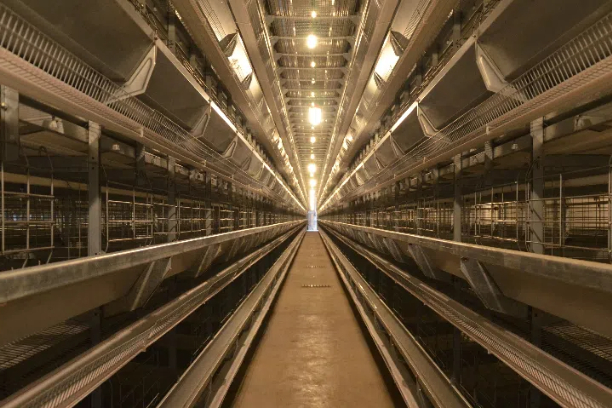
Consulting with Experts
Finally, consulting with experts in poultry housing and management can provide invaluable insights when choosing a suitable cage for caged laying hens. Engaging with experienced poultry consultants, veterinarians, and equipment suppliers can help you navigate the complexities of cage design, ensuring that you make informed decisions that benefit both your hens and your operation.
Industry Trends and Innovations
The poultry industry is continually evolving, driven by advancements in technology and shifts in consumer preferences. When selecting a suitable cage for caged laying hens, it is essential to stay informed about current trends and innovations. For example, many modern cages are now designed with automated systems for feeding, watering, and egg collection, which can significantly enhance efficiency and reduce labor costs.
Investing in innovative technologies can improve overall productivity and animal welfare. Features like smart sensors that monitor hen behavior or health can provide valuable data, allowing farmers to make adjustments as needed to optimize conditions within the cage.
Sustainability Considerations
Sustainability is becoming increasingly important in the agricultural sector, including poultry farming. Choosing a suitable cage for caged laying hens should also involve assessing the environmental impact of your operations. Look for cage designs that minimize resource use and waste production.
For instance, consider systems that utilize renewable energy sources or efficient waste management practices. By adopting sustainable practices, you’ll not only comply with growing consumer demand for ethically produced food but also contribute positively to the environment.
Conclusion
Selecting the right cage for your laying hens is a multifaceted decision that involves careful consideration of various factors, including space requirements, ventilation, nesting areas, and biosecurity measures. A suitable cage for caged laying hens must prioritize the welfare of the birds while ensuring economic viability and compliance with regulations.
Engaging with industry experts and staying updated on market trends will empower you to make informed choices that enhance the well-being of your hens and the efficiency of your operation. Furthermore, embracing sustainability in your cage design will position your poultry farm favorably in an increasingly competitive market.






